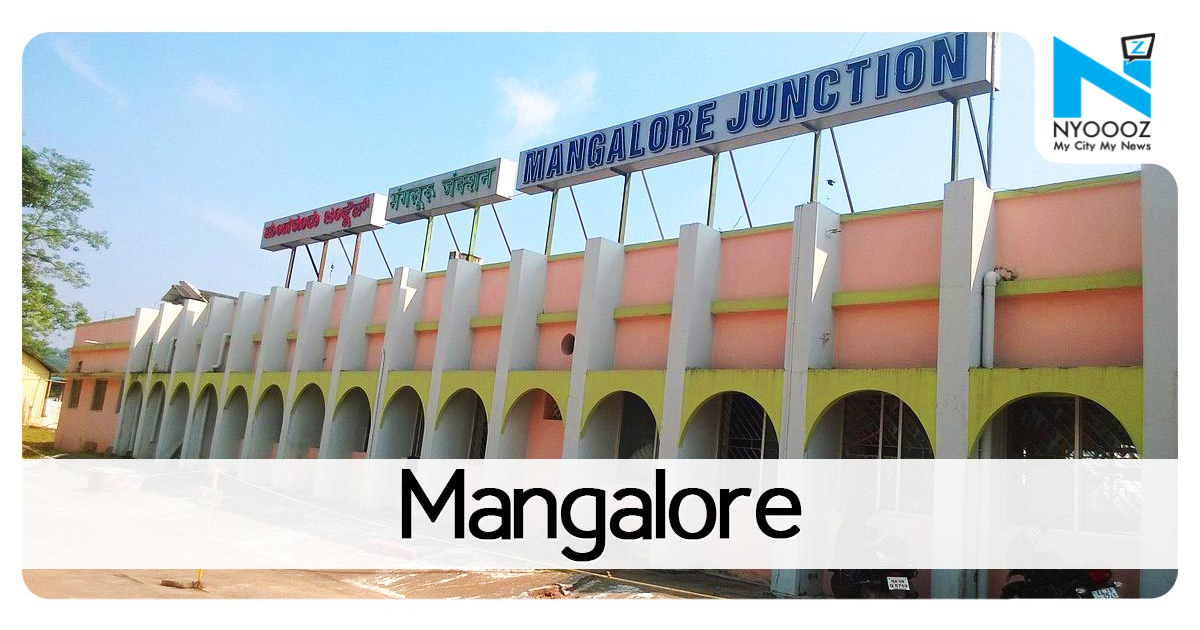
Though the Auto Fuel Policy 2025 mandated BS V by 2021 and BS VI standards by 2024, the Union government decided to skip BS V and directly go for BS VI by April 2020 considering the alarming rise in levels of pollution. BS VI fuels come with extremely low levels of sulphur content at 10 ppm for both petrol and diesel. Bharat State VI standards prescribe vehicular emission norms that are “fuel neutral” wherein the gap between emission from diesel and petrol vehicles considerably narrows. The first Auto Fuel Policy was announced in 2002 wherein 13 metros had to move to BS III standards from April 2005 and rest of India to BS II standards. Emission from vehicles depends on the fuel used and emission standards are prescribed to regulate the same.

If You Like This Story, Support NYOOOZ
Your support to NYOOOZ will help us to continue create and publish news for and from smaller cities, which also need equal voice as much as citizens living in bigger cities have through mainstream media organizations.
Stay updated with all the Latest Mangalore headlines here. For more exclusive & live news updates from all around India, stay connected with NYOOOZ.









